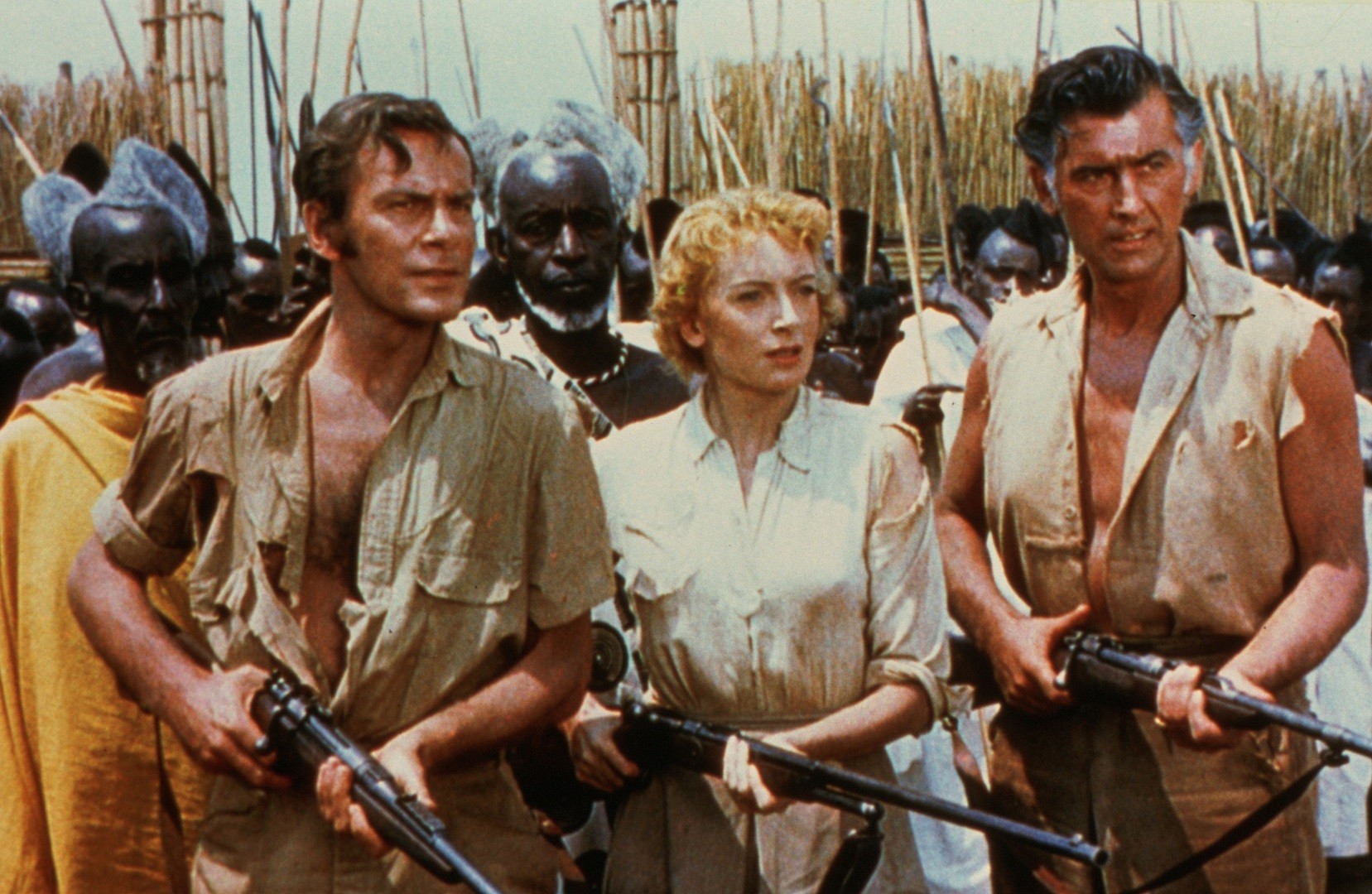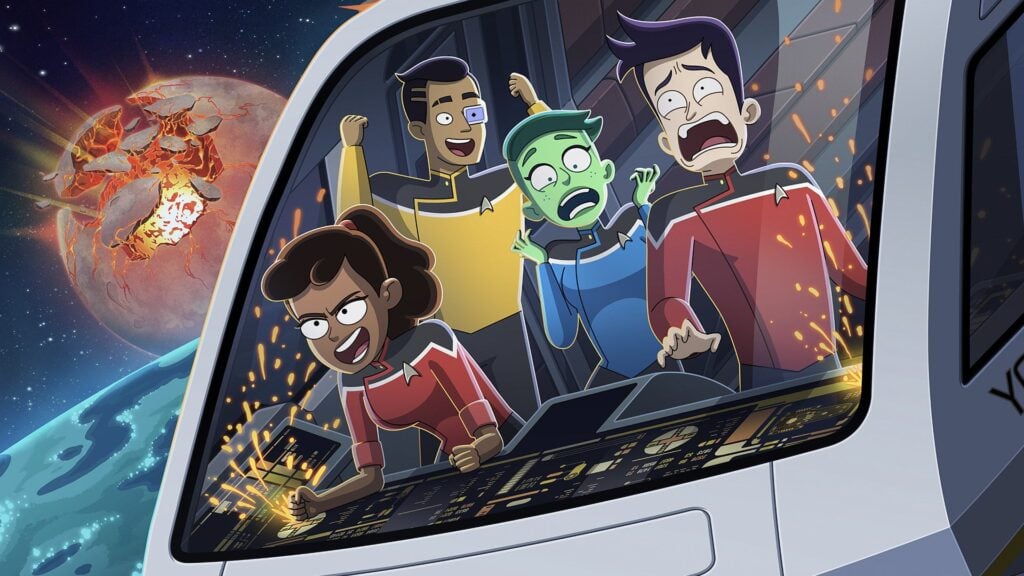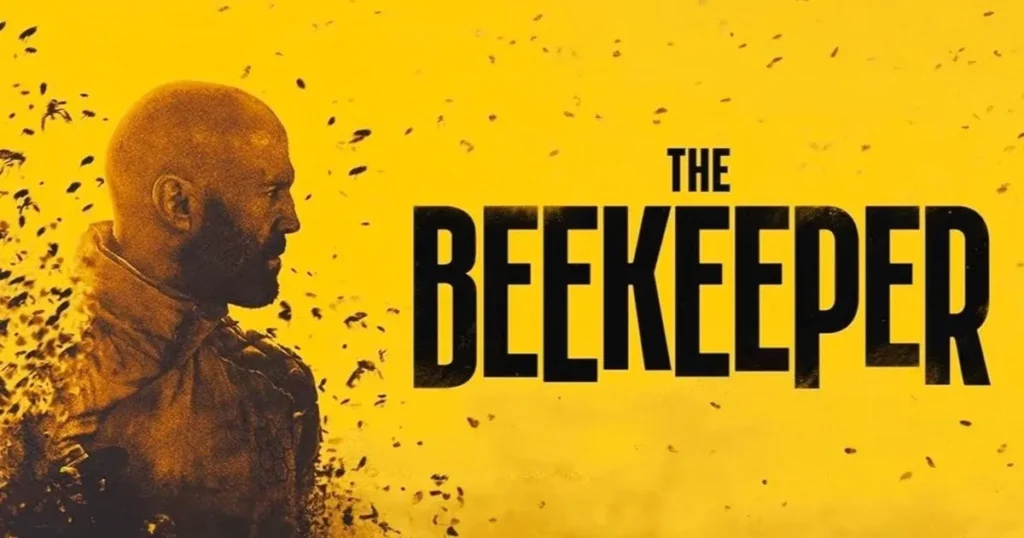As grand an adventure as was ever filmed during Hollywood’s Golden Age, Compton Bennett and Andrew Marton’s King Solomon’s Mines continues to pass the test of time more than seventy years after its original production.
The Production: 4/5
As grand an adventure as was ever filmed during Hollywood’s Golden Age, Compton Bennett and Andrew Marton’s King Solomon’s Mines continues to pass the test of time more than seventy years after its original production. Winner of two Academy Awards for its glorious Technicolor cinematography and its editing (along with being nominated as Best Picture) and being MGM’s most profitable film of its year, King Solomon’s Mines on Warner Archive’s new Blu-ray release now lives up to those lofty former achievements.
Asked by John Goode (Richard Carlson) and Elizabeth Curtis (Deborah Kerr) to guide their expedition into uncharted African territory in search of Curtis’ missing husband, safari leader Allan Quatermain (Stewart Granger) is at first hesitant to lead so treacherous a trek into areas of the African continent with which he’s unfamiliar, but the £5,000 fee he’s offered is too tempting to turn down, allowing him to be secure in the knowledge that he’ll be able to leave something behind for his young son in case the safari comes to a bad end. Elizabeth’s husband Henry had been in search of the legendary King Solomon’s mines, and he had left a map behind to show the path he planned to travel, but the journey crosses dense jungles filled with dangers, open plains where animal stampedes are frequent, broiling deserts where water is a rare and precious commodity, and through tribal lands where hospitality or hostility might be found in equal measure.
Helen Deutsch’s screenplay isn’t quite as faithful to the original source material (H. Rider Haggard’s classic novel) as the 1937 screen version was, but it manages to balance the thrills and adventure of the safari with the initial animosity and then growing attraction between Elizabeth and Allan as their expedition loses bearers with every advancing mile until only the three English explorers and the Watussi tribesman Umbopa (Siriaque of the Watussi Tribe) remain. We are also made constantly aware of the unusual African customs so normal to the dwellers and so alien to us that keep us aware of our outsider status. Robert Surtees’ wonderful camerawork manages to capture a wide array of animal life (the tarantula being the only obvious faked creature the troop encounters), and the jungle stampede sequence is staged so brilliantly that our natty band truly seems surrounded by the thundering hordes of animals with their lives in great peril. The climactic cave-in that traps our party is also well staged and shot though the resultant fight-to-the-death between clashing Watussi leaders is discreetly handled due to the strict Production Code edicts of the era that forbade violence to be seen on the screen.
Helen Deutsch’s screenplay in King Solomon’s Mines does a superb job establishing Allan Quatermain’s basic humanity with a lack of cold-bloodedness; he may lead big game hunters to their prey, but he doesn’t allow them to let their bloodthirstiness to reign supreme, and Stewart Granger nobly enacts the character in one of his all-time best performances. He also faces all dangers with a stout and stalwart bravado that’s perfect for the film’s adventurous tone. Deborah Kerr’s fiery Elizabeth, top-billed as the cultured lady out of her depth in the jungle and whose exhaustion a couple of times almost leads to her death, marks a stark contrast to Quatermain’s experienced cool. Richard Carlson makes a level-headed and loving brother also as game for anything as his ornery sister. Kimursi of the Kipsigi Tribe offers able assistance as Quatermain’s major domo Khiva, and Siriaque has the kingly bearing necessary for Umbopa. Hugo Haas has an important scene later in the film as Van Brun, and Lowell Gilmore makes a fleeting appearance early on as safari booking agent Eric Masters.
Video: 4.5/5
3D Rating: NA
The film’s original theatrical aspect ratio for King Solomon’s Mines of 1.37:1 is faithfully reproduced in this 1080p transfer using the AVC codec. While possibly not quite as sterling as some of Warner Archive’s other Technicolor restorations (early on you’ll see some brief damage in the bottom left of the frame in certain shots and other scenes are sometimes a bit soft, likely in the original photography), there is still plenty to love here with some brilliant color hues (Kerr’s red hair is lush but quite natural in Technicolor) and winning contrast that give a nice sense of depth to the African landscapes. Black levels in the jungle are quite impressive in several shots as the trekkers sleep in the trees or trod across endlessly undulating desert terrain. The movie has been divided into 30 chapters.
Audio: 5/5
The DTS-HD Master Audio 2.0 mono sound mix in King Solomon’s Mines is strong and sonorous for a film of this era. The only music present in the film is the chants from the African tribesmen in their various rituals; otherwise, the jungle sounds form the basis of the “music” track, abetted with well-recorded dialogue. There are no problems with age-related artifacts like hiss, crackle, pops, or flutter.
Special Features: 2/5
Theatrical Trailer (3:31, HD)
Jungle Safari (9:48, HD): an MGM behind-the-scenes promotional reel showing the difficult logistics of filming on location in Africa, making sure to give heaping amounts of credit to the durable Dodge trucks that made the trek possible for cast and crew of King Solomon’s Mines.
Overall: 4/5
The 1950 version of King Solomon’s Mines earns its place in cinema history as a sterling action-adventure film with top stars, stunning locations, and a story that keeps its audience endlessly interested from beginning to end. Recommended!
Matt has been reviewing films and television professionally since 1974 and has been a member of Home Theater Forum’s reviewing staff since 2007, his reviews now numbering close to three thousand. During those years, he has also been a junior and senior high school English teacher earning numerous entries into Who’s Who Among America’s Educators and spent many years treading the community theater boards as an actor in everything from Agatha Christie mysteries to Stephen Sondheim musicals.
Post Disclaimer
Some of our content may contain marketing links, which means we will receive a commission for purchases made via those links. In our editorial content, these affiliate links appear automatically, and our editorial teams are not influenced by our affiliate partnerships. We work with several providers (currently Skimlinks and Amazon) to manage our affiliate relationships. You can find out more about their services by visiting their sites.






Similar threads
- Ronald Epstein
- Blu-ray and UHD
3 4 5 Tags warner